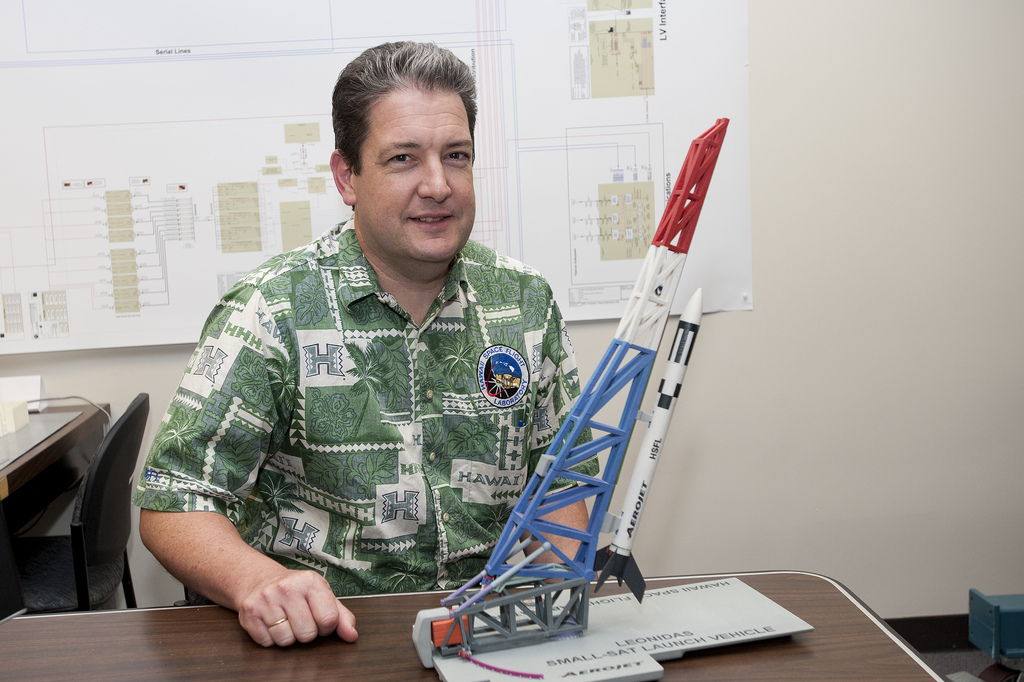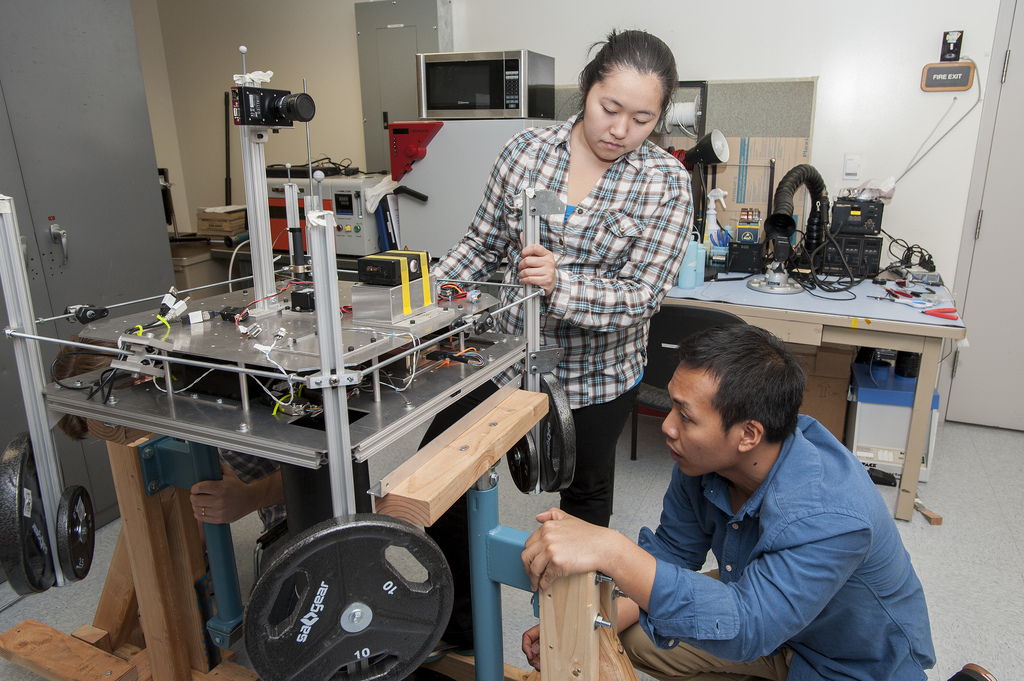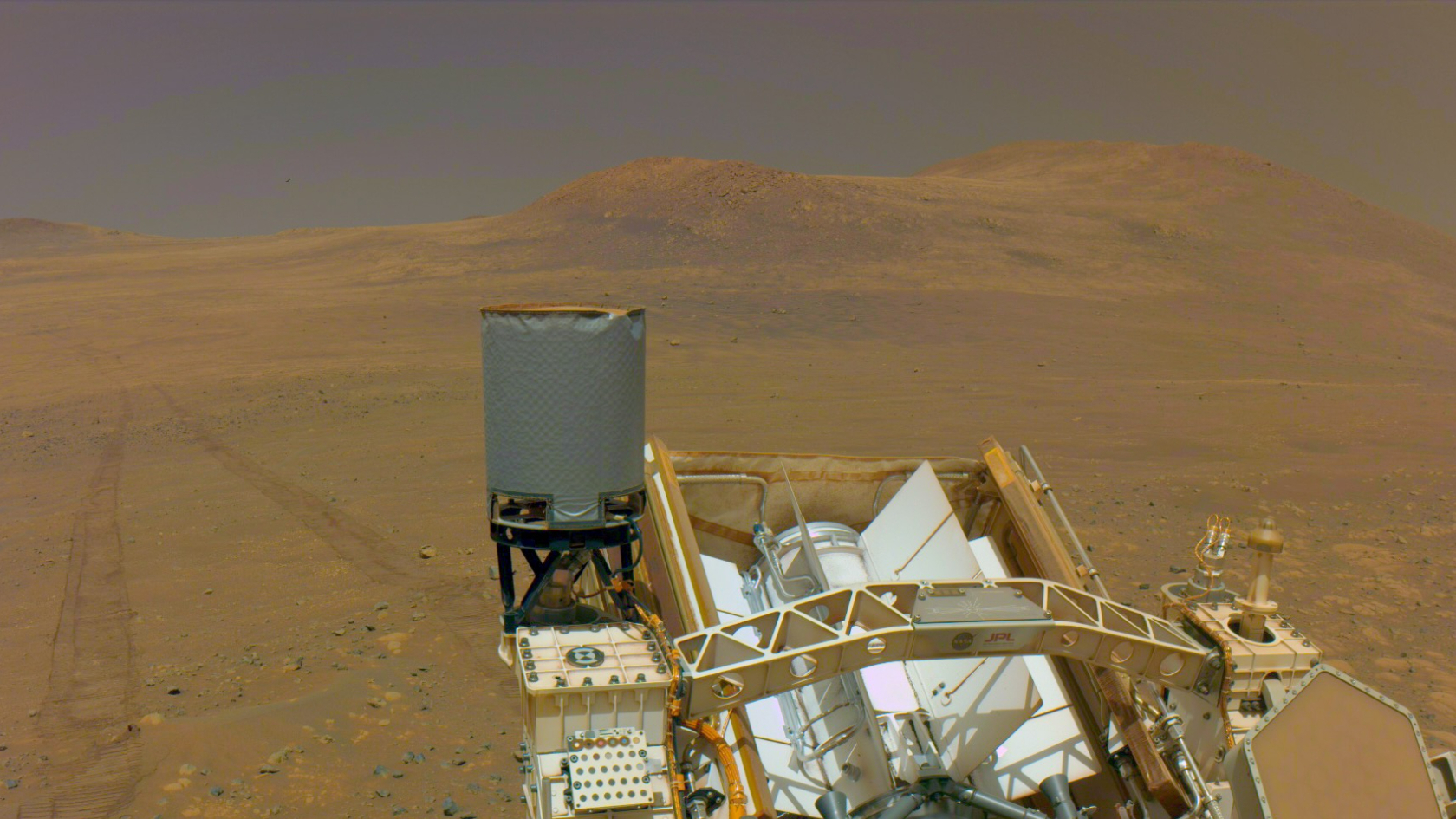
A Space Aloha: Hawaii Gears Up for First Satellite Launch

The first space liftoff from the state of Hawaii is scheduled for October to launch a satellite designed by University of Hawaii faculty and students in Honolulu.
A Super Strypi missile will loft the HiakaSat, lifting off from the U.S. Navy's Pacific Missile Range Facility on Kauai. According to officials, the 110-pound (50 kilograms) HiakaSat is a hoped-for prelude to the launch of small satellites on a routine basis.
For the state's first space launch, the University of Hawaii's Hawaii Space Flight Laboratory (HSFL) is the contractor for the launch facility, the satellite booster's three stages, and the spacecraft itself.
The Barking Sands Pacific Missile Range Facility (PMRF) is billed as the world's largest instrumented multi-environment range capable of supporting surface, subsurface, air and space operations simultaneously. The PMRF offers polar and sun-synchronous launch options.
Details of the upcoming satellite launch were previewed earlier this month in Colorado Springs, Colo., at the 29th National Space Symposium, organized by the Space Foundation. [Photos from the 2013 National Space Symposium]
Hyperspectral imaging
Luke Flynn, director of the Hawaii Space Flight Laboratory, said at the symposium that the university would like to launch small satellites on a regular basis, thereby attracting companies looking for affordable ways to test space technology.
Get the Space.com Newsletter
Breaking space news, the latest updates on rocket launches, skywatching events and more!
HiakaSat is being fabricated by HSFL faculty and students.
"Hiaka" means "to recite legends or fabulous stories" in Hawaiian. It is also an acronym for Hyperspectral Imaging, Aeronautical Kinematic Analysis — with thermal hyperspectral imaging of the Earth as one function the spacecraft will perform.
Hyperspectral imaging collects and processes information from across the electromagnetic spectrum.

Low-cost rocket
The solid-fueled Super Strypi launcher is developed by Sandia National Laboratories, the University of Hawaii and Aerojet. The rocket is based on an enlarged version of Sandia's Strypi sounding rocket. The low-cost rocket uses a rail launcher and can put a payload of a little over 500 pounds (250 kilograms) into a nearly 250-mile (400 kilometer) sun-synchronous orbit.
The University of Hawaii is keen on giving students hands-on experiences in building and launching small satellites, Flynn said. Finding ways to hold down costs in developing space technology "creates a win-win for the university, for the country, for the state, and also for the corporations that are willing to invest," he said.
For HiakaSat, Kauai Community College will be the primary communications link. Honolulu Community College is designing one of the satellite payloads and will operate a receiving station during the HiakaSat mission.
University of Hawaii President M.R.C. Greenwood, giving the university a boost in the space arena, said in a statement: "Hawaii is located in a unique position to become a low-cost gateway to space. The University of Hawai'i is one of the only universities in the world to have both satellite fabrication capabilities and unique, direct access to orbital space."
Leonard David has been reporting on the space industry for more than five decades. He is former director of research for the National Commission on Space and is co-author of Buzz Aldrin's new book "Mission to Mars – My Vision for Space Exploration," out in May from National Geographic. Follow us @Spacedotcom, Facebook and Google+. Original article on SPACE.com.
Join our Space Forums to keep talking space on the latest missions, night sky and more! And if you have a news tip, correction or comment, let us know at: community@space.com.

Leonard David is an award-winning space journalist who has been reporting on space activities for more than 50 years. Currently writing as Space.com's Space Insider Columnist among his other projects, Leonard has authored numerous books on space exploration, Mars missions and more, with his latest being "Moon Rush: The New Space Race" published in 2019 by National Geographic. He also wrote "Mars: Our Future on the Red Planet" released in 2016 by National Geographic. Leonard has served as a correspondent for SpaceNews, Scientific American and Aerospace America for the AIAA. He has received many awards, including the first Ordway Award for Sustained Excellence in Spaceflight History in 2015 at the AAS Wernher von Braun Memorial Symposium. You can find out Leonard's latest project at his website and on Twitter.
